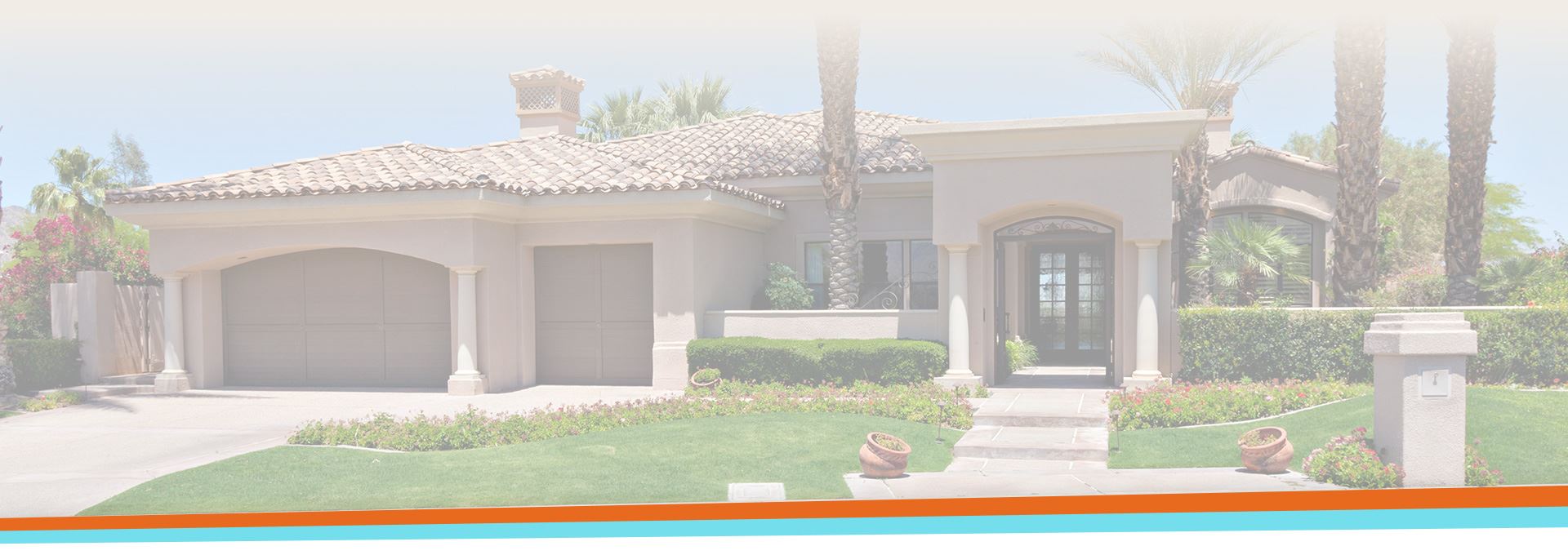Water damage is one of the most common and destructive issues that can affect your home or business. Whether it’s caused by a burst pipe, storm, or flooding, untreated water damage can lead to serious long-term consequences if not properly addressed. Understanding the dangers of untreated water damage and how to remediate it is crucial to protecting both your property and your health.
The Hidden Dangers of Untreated Water Damage
Untreated water damage may not always be visible right away, but it can cause significant problems over time. Some of the dangers include:
1. Structural Damage:
Water can weaken the structural integrity of your home or business, seeping into walls, floors, and foundations. Over time, untreated water damage can cause wood to rot, drywall to crumble, and even floors to warp. These structural issues can be costly to repair and, in severe cases, may render the building unsafe.
2. Mold Growth:
One of the most dangerous consequences of water damage is the rapid growth of mold. Mold thrives in moist environments and can begin to form within 24-48 hours after water exposure. Not only can mold cause structural damage, but it also poses serious health risks. Mold exposure can lead to respiratory issues, allergic reactions, and other health problems, particularly for those with asthma or weakened immune systems.
3. Electrical Hazards:
Water and electricity are a dangerous combination. Water damage can reach electrical systems, increasing the risk of electrical shorts, shocks, or even fires. If your property has been affected by water, it's important to have a professional inspect your electrical systems to ensure safety.
4. Bacterial Contamination:
Standing water, especially if it comes from sources like flooding or sewage backups, can harbor harmful bacteria and pathogens. These contaminants can pose serious health risks if not properly addressed, affecting the quality of air and surfaces in your home or business.
Properly Remediating Water Damage
When water damage occurs, quick and effective remediation is essential to prevent further damage and health risks. Here's how to properly handle water damage:
1. Act Quickly:
The first and most important step is to address the water damage as soon as possible. The longer water sits, the more damage it causes. If possible, stop the water source (such as turning off the main water supply) and begin the cleanup process right away.
2. Remove Standing Water:
Use pumps, wet vacuums, or buckets to remove standing water from the affected areas. The goal is to eliminate as much water as possible to prevent further absorption into walls and floors.
3. Dry Out the Area:
Once the water has been removed, the drying process must begin. Industrial fans and dehumidifiers can help speed up the drying process. It’s essential to dry out the area completely to prevent mold growth and further structural damage.
4. Inspect for Mold:
Even if the water is removed and the area is dried, mold can still develop. A professional inspection is necessary to identify any mold growth and address it with proper mold remediation techniques. Don’t attempt to remove mold yourself, as it can release harmful spores into the air.
5. Professional Restoration:
Water damage often requires professional restoration services to fully repair structural damage, replace damaged materials, and ensure that the property is safe. Companies like RestoKleen Restoration specialize in water damage restoration, working from start to finish to repair your property, remove mold, and ensure that your home or business is safe again.
Call RestoKleen Restoration for Expert Water Damage Remediation!
Untreated water damage can have serious, long-lasting consequences on both your property and your health. The key to mitigating these dangers is swift action and professional remediation. If your home or business has experienced water damage, don’t wait—reach out to a trusted restoration service like RestoKleen Restoration to ensure the damage is properly addressed and your property is safe.
Call us today at (833) 686-6137 to learn more.

